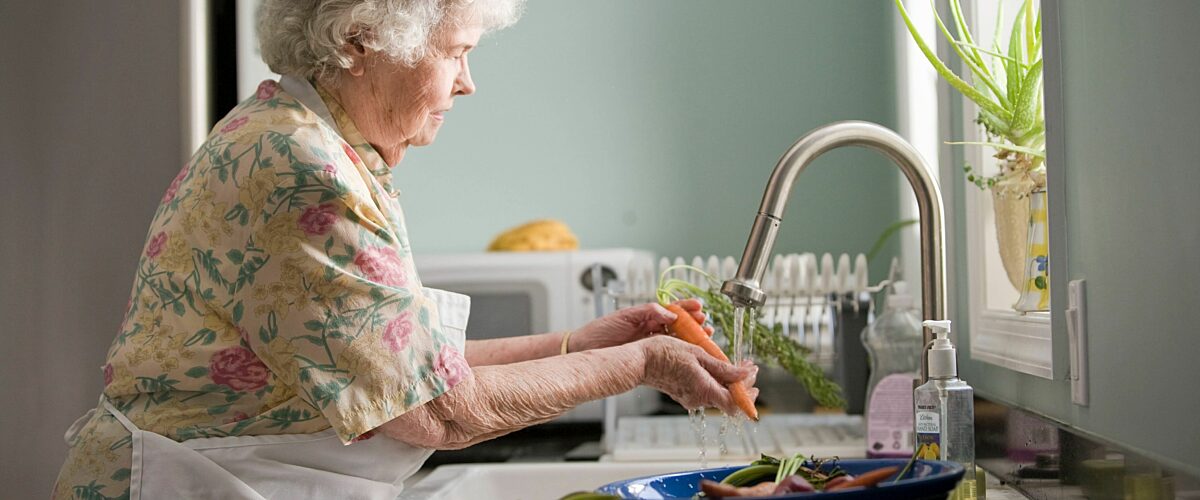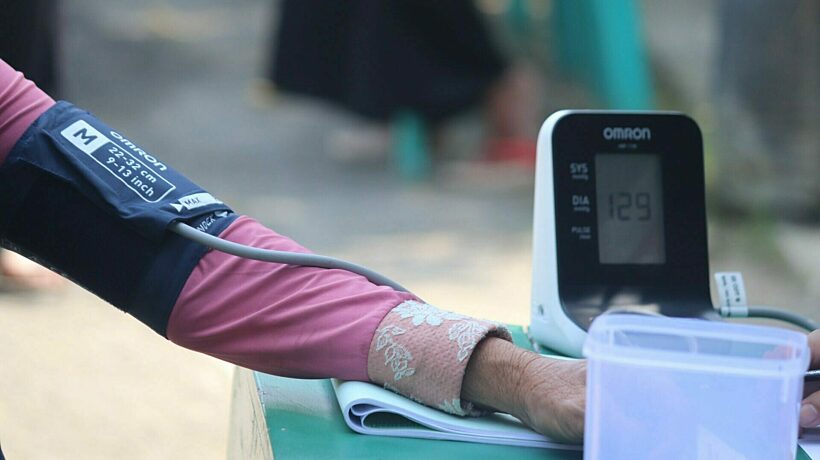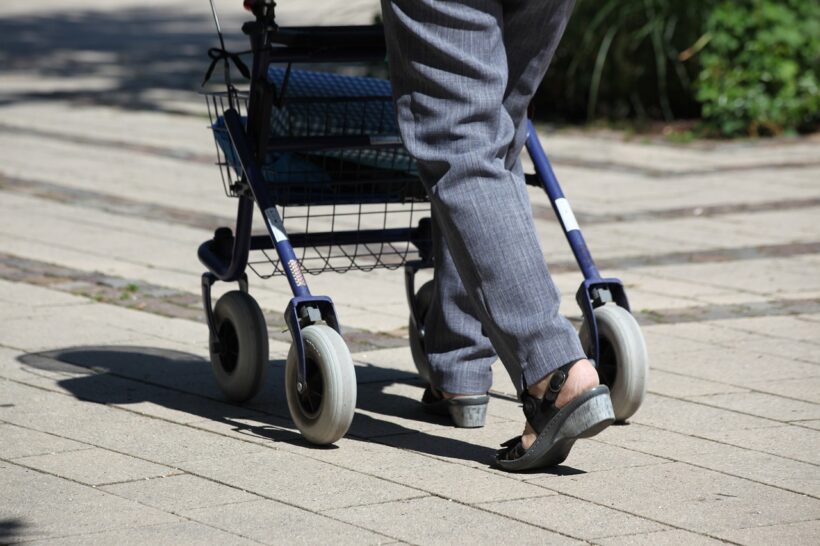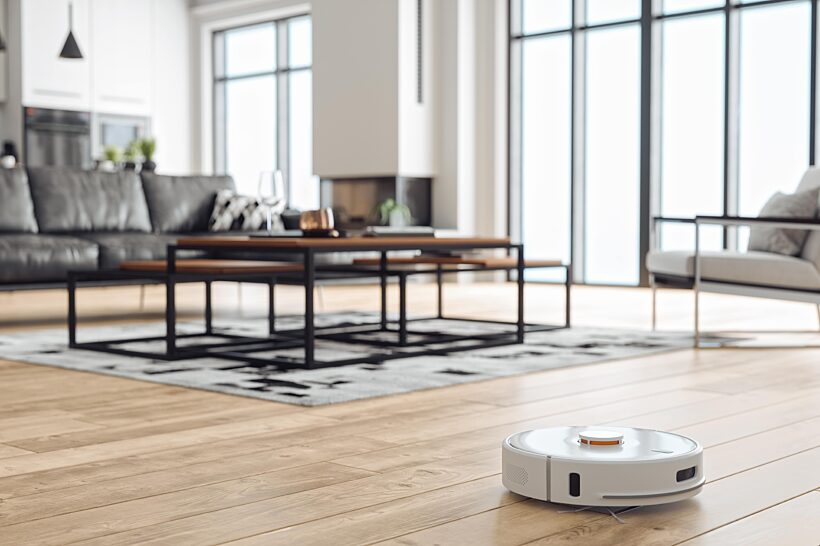
Aging in place thanks to smart technology
As we age, we wish to do so gracefully and independently within the familiar comfort of our own homes. The concept of "aging in place" has gained significant popularity in recent years, and with the advent of smart technology, it has become an attainable reality for many. Smart home solutions have revolutionized the way we interact with our living spaces, providing innovative tools and personalized assistance to support our changing needs as we grow older.
Empowering a lifelong independent lifestyle
Aging in place is an important social topic, as the average age in Europe continues to increase every year. On an individual level even more so, because it allows seniors to remain in their familiar and comfortable surroundings, enabling them in maintaining their daily routines and community ties, which can positively impact their overall quality of life and happiness as they grow older. Additionally, staying in their own homes may provide a more cost-effective and practical solution, as well as greater control over their living environment and care decisions.
Of course, an autonomous lifestyle should not come at the cost of health risks or implications on loneliness. To ensure a carefree old age, the smart home industry has provided us with tools and applications to reach the goal of long-lasting independent living.

Enhanced (remote) health monitoring
Smart home health monitoring devices, such as wearable fitness trackers and smart scales, enable the elderly to keep a close eye on their health metrics in real-time. These devices are equipped to track vital signs, blood sugar, activity levels and sleep patterns, allowing for a proactive management of everyday health and lifestyle adjustments to improve overall well-being and longevity.
These health monitoring devices in combination with remote control allow family members to stay up to date of the health status of their loved ones. Additionally, smart trackers serve as a log, giving personal health professionals an overview of the overall condition of those in their care, instead of ad hoc measuring. Both remote control and record storage allow for more informed decisions about daily care and timely interventions.

Fall detection and emergency alerts
Smart home systems equipped with fall detection sensors can detect sudden falls or accidents, automatically triggering emergency alerts to family or care givers. These sensitive movement sensors and smart cameras are strategically placed throughout the home to detect falls or unusual movements, allowing for timely assistance in case of emergencies. With smart technology ever changing, there are currently studies experimenting with voice controls and even pressure based floor sensors. Prototypes are still in the making, but the idea is that the floor sensor gets triggered as soon as the pressure limited is exceeded.
Today, wearable devices are very common. If a person falls, he or she simply clicks to trigger an alarm, warning care takers or family. The concept is simple, but not airtight as the individual has to have the device on him/her at all times. In that sense, is a fall detection system more robust. Still, wearable gadgets are a great safety measure extension for outdoor activities.

Assistance-driven and automated household chores
Smart home appliances, such as robot vacuum cleaners, smart beds and self-watering plant systems, are already taking care of routine household chores in the average household, but they could really give added value to seniors' day-to-day. With task automation, the elderly can reduce the physical demands of maintaining a household and conserve energy.
Smart home technology allows for additional, personalized settings based on individual preferences and needs that come with aging. With features like adjustable voice-activated controls and smart lighting, you can create a living environment that caters to comfort and accessibility requirements, enhancing the overall quality of life.
The best part about these home automations is that you can gradually automate more tasks in time. If a person becomes increasingly dependable on their walker or cruches, it might be a good idea to install a smart lighting automation that triggers as soon as he or she enters the room (to keep hands on the walker at all times).
With the support of smart home technology, we can embrace independent living and age gracefully, enjoying the benefits of a connected and assisted living environment tailored to our specific needs and preferences.


